Home>Furniture>Outdoor Furniture>How To Keep Squirrels From Eating Patio Cushions
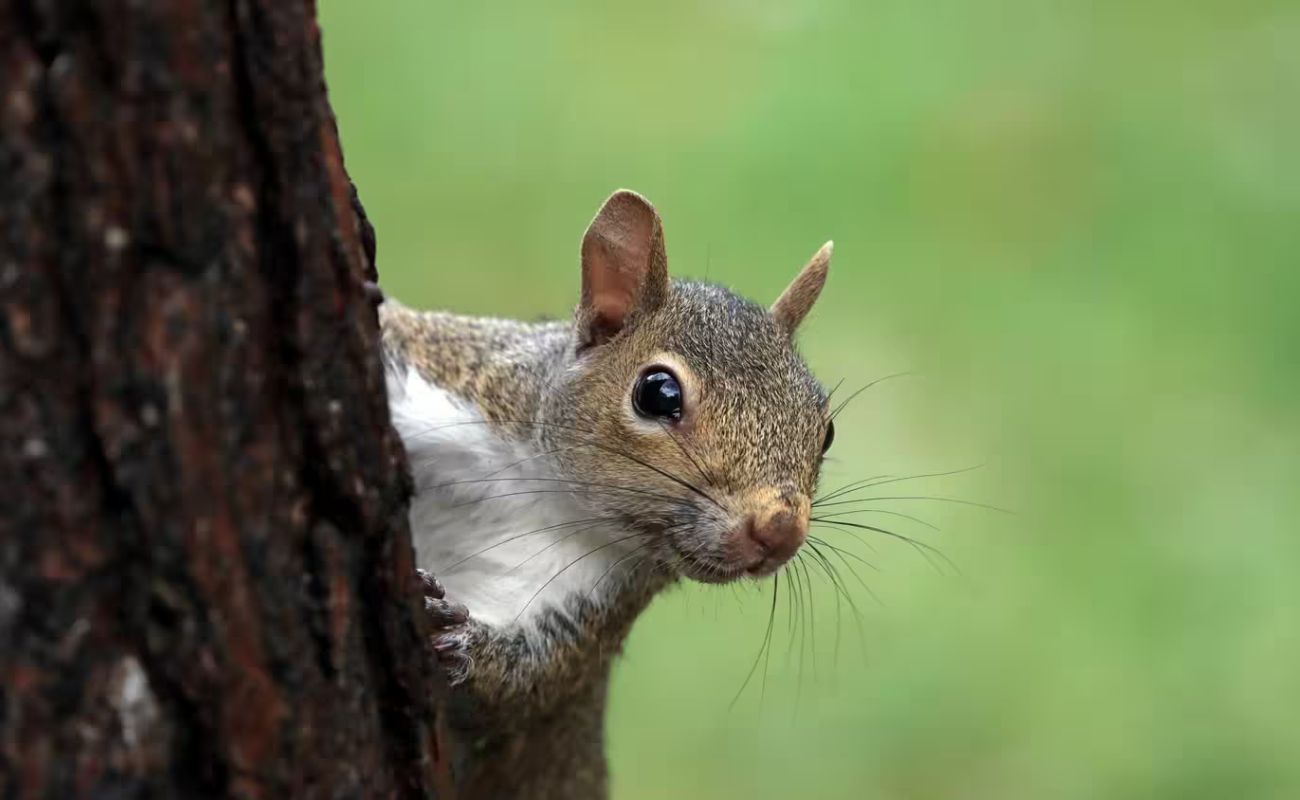

Outdoor Furniture
How To Keep Squirrels From Eating Patio Cushions
Modified: October 20, 2024
Learn how to effectively protect your outdoor furniture from pesky squirrels and prevent them from destroying your patio cushions.
(Many of the links in this article redirect to a specific reviewed product. Your purchase of these products through affiliate links helps to generate commission for Storables.com, at no extra cost. Learn more)
Introduction
Welcome to our comprehensive guide on how to keep squirrels from eating patio cushions. If you’ve ever experienced the frustration of finding your outdoor furniture cushions ripped apart by pesky squirrels, you’re not alone. These mischievous critters can cause significant damage to your patio cushions, ruining the aesthetic appeal of your outdoor space and potentially costing you money in replacement cushions. But fear not, as we’re here to provide you with effective solutions to keep those furry little thieves at bay.
Before we dive into the solutions, let’s first understand why squirrels are drawn to patio cushions in the first place. Squirrels are naturally curious creatures with a penchant for exploring their surroundings. They may see your cushions as an inviting source of nesting materials, especially if they are made of soft materials like polyester or foam. Additionally, squirrels have a natural instinct to chew, and your cushions may provide them with a satisfying chewing experience.
Now that we know why squirrels are attracted to patio cushions, it’s crucial to debunk some common methods that may be ineffective in deterring them. For instance, simply yelling at or chasing the squirrels away will likely not have a long-term effect. Squirrels are persistent and will return to the cushions as soon as they perceive it to be safe.
Instead, we will focus on effective ways to keep these furry intruders away from your patio cushions. We will explore methods such as creating a physical barrier, using natural repellents, implementing noise and motion deterrents, and providing alternative distractions. These methods, when combined, can significantly reduce the instances of squirrels damaging your patio cushions, allowing you to enjoy your outdoor space without worry.
So, if you’re ready to reclaim your patio cushions from the clutches of squirrels, let’s dive into the strategies that will help you keep them at bay.
Key Takeaways:
- Protect your patio cushions from squirrels by creating a physical barrier with netting or wire mesh, using natural repellents like peppermint oil, and providing alternative distractions like bird feeders.
- Keep squirrels away from your patio cushions with noise and motion deterrents like wind chimes and scarecrows, and understand their behavior to tailor effective deterrent approaches.
Read more: How To Keep Squirrels Off Patio Furniture
Understanding the problem: Why do squirrels eat patio cushions?
If you’ve ever wondered why squirrels seem to have a particular affinity for chewing on patio cushions, you’re not alone. It can be frustrating and perplexing to find your outdoor furniture in disarray due to these small, furry creatures. Understanding the reasons behind their behavior can help us find effective solutions to protect our patio cushions.
One of the primary reasons why squirrels chew on patio cushions is their natural instinct to sharpen their teeth. Similar to other rodents, squirrels have front teeth that continuously grow throughout their lives. Chewing on different materials helps them wear down their teeth and keep them at an optimal length. Patio cushions, with their soft and pliable surfaces, provide the perfect opportunity for squirrels to satisfy their chewing needs.
Furthermore, squirrels are highly curious animals with a penchant for exploring their environment. They are attracted to new and interesting objects, and patio cushions often fall into this category. The different textures, colors, and smells of outdoor furniture cushions pique their curiosity, leading them to investigate and potentially chew on them.
It’s also essential to consider the materials used in patio cushions. Many cushions are made of materials like polyester, foam, or natural fibers, which can be appealing to squirrels. These materials are soft and comfortable, making them potentially attractive for nesting purposes. Squirrels may see patio cushions as an easy source of nesting material to line their dens or create cozy homes.
Another factor that may contribute to squirrels chewing on patio cushions is the lack of alternative sources of food or entertainment. In urban and suburban areas, where natural food sources may be limited, squirrels often resort to exploring and engaging with human-made objects. Patio cushions, being easily accessible and full of interesting textures, can become a target for their destructive behavior.
Overall, the reasons why squirrels eat patio cushions revolve around their innate instincts for teeth maintenance, curiosity, nesting material acquisition, and lack of alternative diversions. By understanding these factors, we can implement effective strategies to deter squirrels and protect our beloved patio cushions.
Common methods that don’t work
When faced with the problem of squirrels eating patio cushions, it’s natural to search for quick and easy solutions. However, there are certain methods that are commonly attempted but prove ineffective in deterring these persistent little critters. Let’s explore some of these methods:
- Yelling or chasing the squirrels: It may be tempting to yell or chase squirrels away when you catch them in the act, but this method rarely provides a long-term solution. Squirrels are remarkably agile and adaptable, and they will often return to your patio cushions as soon as they sense it’s safe to do so.
- Using mothballs or pepper spray: While these substances have strong odors that can be unpleasant for squirrels, they are not effective as long-term deterrents. Squirrels may initially be deterred by the smell, but they can quickly become accustomed to it or find ways to navigate around it.
- Applying hot sauce or other spicy substances: Some people attempt to deter squirrels by applying hot sauce or other spicy substances to the cushions. While this may provide a temporary deterrent, it is not a reliable long-term solution. Moreover, these substances may damage the cushions and be harmful to other animals or children who come into contact with them.
- Using ultrasonic devices: Ultrasonic devices claim to emit high-frequency sounds that are supposed to repel squirrels. However, their effectiveness has not been scientifically proven and may vary depending on the specific device and the squirrels’ sensitivity to sound.
It’s important to avoid relying on these methods as they often prove to be ineffective or short-lived in deterring squirrels.
Instead, we’ll now focus on proven and effective ways to keep those pesky squirrels away from your patio cushions. By implementing these techniques, you’ll be better equipped to protect your outdoor furniture and enjoy a squirrel-free outdoor space.
Effective ways to keep squirrels away from patio cushions
Now that we’ve explored the common ineffective methods, it’s time to focus on effective strategies to keep squirrels away from your patio cushions. These approaches combine different techniques to create a comprehensive defense against these persistent creatures. Here are some proven methods:
- Method 1: Creating a physical barrier: One of the most effective ways to prevent squirrels from reaching your patio cushions is by creating a physical barrier. This can be achieved by covering or enclosing your patio furniture with netting, wire mesh, or clear plastic covers. Make sure to secure the edges and openings to prevent any access points for squirrels.
- Method 2: Using natural repellents: Certain scents and tastes are unpleasant to squirrels and can deter them from approaching your patio cushions. Examples of natural repellents include peppermint oil, garlic, vinegar, or predator urine-based repellents. Apply these substances to the cushions or place cotton balls soaked in these repellents around the furniture. Remember to reapply the repellents regularly to maintain their effectiveness.
- Method 3: Implementing noise and motion deterrents: Squirrels are wary of sudden loud noises and movements, so utilizing deterrents that create these types of disruptions can be effective. Options include wind chimes, motion-activated sprinklers, or even old-fashioned scarecrows. The unexpected sounds and movements will startle squirrels and discourage them from approaching your cushions.
- Method 4: Providing alternative distractions: Sometimes, the best defense is a good offense. By providing alternative distractions for squirrels, you can redirect their attention away from your patio cushions. Consider setting up bird feeders or squirrel feeders stocked with their favorite treats at a distance from your furniture. This will entice the squirrels to focus on the provided food sources rather than your cushions.
Remember, implementing a combination of these methods will yield the best results. Squirrels are resourceful creatures, and they may adapt to a single deterrent over time. By employing a variety of strategies, you create a more challenging and unappealing environment for squirrels, reducing the likelihood of damage to your patio cushions.
Although it may require some time and effort to implement these solutions, the long-term benefits are well worth it. You’ll be able to enjoy your outdoor space without the worry and frustration of squirrels wreaking havoc on your patio cushions.
So, take action today and protect your patio cushions from these furry intruders using these effective strategies. Your outdoor furniture will thank you for the extra care and attention!
Method 1: Creating a physical barrier
One highly effective way to keep squirrels away from your patio cushions is by creating a physical barrier. By blocking their access to the cushions, you can prevent them from causing any damage. Here are some steps you can take to create a physical barrier:
- Netting: Consider using netting to cover your patio furniture. Choose a netting material with small enough holes to prevent squirrels from squeezing through. Secure the netting tightly over the furniture, ensuring there are no gaps where squirrels can enter. You can attach the netting using clips, bungee cords, or other fastening mechanisms.
- Wire mesh: Another option is to use wire mesh to enclose your patio furniture. Measure the dimensions of your furniture and cut the wire mesh accordingly. Wrap the wire mesh around the furniture, ensuring it completely covers the cushions and any other enticing areas where squirrels may try to access. Secure the wire mesh in place using zip ties or wire clips.
- Clear plastic covers: If you prefer a less visible option, clear plastic covers can be an excellent choice. These covers provide a physical barrier while still allowing you to enjoy the aesthetics of your patio furniture. Purchase covers that are specifically designed for outdoor furniture to ensure they are durable and weather-resistant.
- Securing the edges and openings: It’s crucial to secure the edges and any openings in the physical barrier to prevent squirrels from finding their way in. Use strong clips or fasteners to ensure there are no gaps or loose points where squirrels can gain access. Regularly inspect the barrier to make sure it remains intact and make any necessary repairs or adjustments.
Creating a physical barrier is a reliable and straightforward method to keep squirrels away from your patio cushions. It physically prevents them from reaching the cushions and causing any damage. Remember to choose a method that suits your specific furniture and preferences, whether it be netting, wire mesh, or clear plastic covers.
Combine this method with other deterrents, such as natural repellents or noise deterrents, for an even more effective solution. By implementing multiple strategies, you create a more challenging and unappealing environment for squirrels, reducing the chances of them attempting to breach the barrier and chew on your cushions.
Remember to regularly inspect and maintain the physical barrier to ensure its effectiveness. Over time, squirrels may attempt to find weak points in the barrier, so reinforcing any gaps or repairing any damages is essential to maintain its effectiveness.
By implementing a physical barrier, you can enjoy your patio cushions without the constant worry of squirrel damage. Preserve the beauty and functionality of your outdoor furniture by taking action and creating a protective barrier that keeps those furry little trespassers at bay!
Place a layer of aluminum foil or use a commercial squirrel repellent spray on your patio cushions to deter squirrels from eating them.
Read more: How To Keep Patio Cushions From Blowing Away
Method 2: Using natural repellents
Another effective method to keep squirrels away from your patio cushions is by using natural repellents. These repellents work by emitting scents or tastes that squirrels find unpleasant, deterring them from approaching your furniture. Here are some natural repellents you can utilize:
- Peppermint oil: Squirrels have a strong aversion to the scent of peppermint. By applying a few drops of peppermint oil onto your patio cushions or placing cotton balls soaked in peppermint oil around the furniture, you can create a scent barrier that squirrels will avoid.
- Garlic: Crushed garlic cloves or garlic juice can also be effective in repelling squirrels. Mix a few cloves of crushed garlic with water and spray the solution onto your patio cushions. Repeat this process regularly to maintain the repellent effect.
- Vinegar: Squirrels dislike the strong smell of vinegar, so spraying a mixture of vinegar and water onto your cushions can deter them. Use a spray bottle to evenly distribute the solution over the cushions. Reapply as needed, especially after rain or heavy humidity.
- Predator urine-based repellents: Commercially available repellents containing the urine of natural predators like foxes or coyotes can be effective in deterring squirrels. Apply these repellents according to the product instructions, focusing on the areas around your patio cushions.
When using natural repellents, it’s important to remember that their effectiveness can vary depending on factors such as weather conditions, the concentration of the repellent, and the persistence of the squirrels. Regular and consistent application is key to maintaining their effectiveness.
In addition to these specific natural repellents, there are other substances that squirrels generally find unappealing, such as hot spices or bitter flavors. Experiment with sprinkling cayenne pepper, chili powder, or bitter apple spray onto your patio cushions to see if these deterrents work effectively for your situation. Be cautious when using these substances, as they can potentially irritate human skin or cause stains on your cushions. Test them on a small, inconspicuous area first and use them sparingly.
Using natural repellents provides an eco-friendly and non-toxic approach to keep squirrels away from your patio cushions. It’s important to regularly reapply the repellents, especially after rainfall or when the scent starts to fade, to ensure their continued effectiveness in deterring squirrels.
By incorporating natural repellents into your squirrel deterrent strategy, you can create an environment that squirrels find uninviting, protecting your patio cushions from their destructive chewing habits. Enjoy your outdoor space with peace of mind, knowing that your furniture is safeguarded from furry intruders!
Method 3: Implementing noise and motion deterrents
When it comes to deterring squirrels from your patio cushions, implementing noise and motion deterrents can be highly effective. Squirrels are skittish creatures that are easily startled by sudden movements or loud sounds. By utilizing these deterrents, you can create an environment that squirrels find uncomfortable and deter them from approaching your furniture. Here are some methods to consider:
- Wind chimes: Hanging wind chimes near your patio cushions can create random noises when the wind blows. The unpredictable sounds can startle squirrels and discourage them from coming near your furniture. Choose wind chimes with a variety of tones to create a more dynamic and deterrent effect.
- Motion-activated sprinklers: Installing motion-activated sprinklers in your outdoor area can be an effective way to deter squirrels. When the motion sensor detects the presence of a squirrel, it triggers the sprinklers, releasing a sudden burst of water. This surprise spray of water startles squirrels and conditions them to avoid your patio cushions altogether.
- Scarecrows: Traditional scarecrows can also be an effective deterrent if strategically placed in your outdoor space. The presence of a scarecrow can create the illusion of a predator, scaring squirrels away. Consider moving the scarecrow occasionally to prevent squirrels from becoming accustomed to its presence.
- Noise-making devices: There are various noise-making devices available that are designed specifically to deter squirrels. These devices emit high-frequency sounds that are unpleasant to squirrels but are often inaudible to humans. Place these devices near your patio cushions to discourage squirrels from approaching.
Combining noise and motion deterrents with other methods, such as creating a physical barrier or using natural repellents, can provide a comprehensive defense against squirrels. The combination of unexpected noises and sudden movements creates an environment that squirrels perceive as too risky to approach.
It’s important to note that the effectiveness of these deterrents may diminish over time as squirrels become accustomed to them. To maintain their effectiveness, periodically change the position of the devices, adjust the sensitivity settings if applicable, or introduce new noise and motion deterrents to keep the squirrels on their toes.
Implementing noise and motion deterrents not only protects your patio cushions but also adds an element of dynamism and interest to your outdoor space. Enjoy a squirrel-free environment and peace of mind while you relax and unwind on your outdoor furniture.
Method 4: Providing alternative distractions
Sometimes the best way to keep squirrels away from your patio cushions is by providing alternative distractions. By directing their attention and energy towards other sources, you can effectively deter them from chewing on your furniture. Here are some methods to consider:
- Bird feeders: Set up bird feeders in your outdoor space and stock them with seeds or nuts that are preferred by squirrels. By providing a convenient food source, you can redirect their focus away from your patio cushions. Strategically place the bird feeders away from your furniture to draw squirrels to a different location.
- Squirrel feeders: Consider installing squirrel feeders filled with their favorite treats, such as peanuts or corn. Place these feeders in a separate area, away from your patio cushions. This provides a designated space for the squirrels to indulge in their feeding habits, diverting their attention from your furniture.
- Distraction toys: Scatter some squirrel-friendly toys or objects around your outdoor space to serve as alternative distractions. Squirrel-sized puzzle feeders or ropes with nuts can engage their natural foraging instincts. This can keep them entertained and focused on these objects rather than your patio cushions.
- Water features: Squirrels are generally attracted to water features like birdbaths or small ponds. By incorporating a water feature in your outdoor space, you can provide an alternative attraction, encouraging squirrels to spend their time and energy playing or bathing instead of bothering your patio furniture.
It’s important to note that while providing alternative distractions can be effective, it may not completely eliminate all interactions between squirrels and your patio cushions. Squirrels are resourceful and may still attempt to explore and investigate your furniture. However, by offering enticing alternatives, you significantly reduce the likelihood and frequency of damage to your patio cushions.
Remember to regularly maintain the distractions you provide. Refill bird feeders or squirrel feeders as needed and periodically switch out toys or objects to keep them engaging and interesting to the squirrels. By consistently offering these distractions, you create a habit for the squirrels to focus on the provided diversions instead of your patio furniture.
By implementing method 4 and providing alternative distractions, you create a win-win situation – the squirrels have something to keep them occupied, and your patio cushions remain untouched and undamaged. Enjoy a harmonious outdoor space where both squirrels and your furniture can coexist peacefully.
Conclusion
Keeping squirrels away from your patio cushions can be a frustrating challenge, but with the right strategies, you can protect your outdoor furniture and enjoy a squirrel-free environment. In this comprehensive guide, we have explored effective methods to deter squirrels and prevent them from chewing on your patio cushions.
We started by understanding why squirrels are attracted to patio cushions, such as their instinct to chew and their curiosity. By gaining insight into their behavior, we can better tailor our deterrent approaches.
We then discussed common methods that don’t work, such as yelling or chasing squirrels, using ineffective repellents, or relying on unproven technologies like ultrasonic devices. These methods may provide temporary relief but do not offer a long-term solution.
Instead, we focused on more effective strategies:
- Creating a physical barrier using netting, wire mesh, or clear plastic covers to prevent squirrels from accessing your patio cushions.
- Utilizing natural repellents like peppermint oil, garlic, vinegar, or predator urine-based repellents to create undesirable scents or tastes.
- Implementing noise and motion deterrents, such as wind chimes, motion-activated sprinklers, scarecrows, or noise-making devices, to startle and discourage squirrels from approaching.
- Providing alternative distractions like bird feeders, squirrel feeders, distraction toys, or water features to redirect the squirrels’ attention away from your patio cushions.
Remember, combining multiple methods, using a variety of deterrents, and regularly maintaining them will yield the best results. Squirrels may adapt to a single deterrent over time, so a multi-pronged approach is key to long-term success.
By implementing these strategies, you can create a squirrel-free zone where you can enjoy your outdoor space without the worry of damage to your patio cushions. Protecting your furniture not only preserves its aesthetic appeal but also saves you money in replacement costs.
Now it’s time to take action and apply these methods that best suit your situation. Whether it’s creating a physical barrier, using natural repellents, implementing noise and motion deterrents, or providing alternative distractions, you have the power to reclaim your patio cushions from the pesky grasp of squirrels.
So, put these strategies into practice and enjoy a serene and squirrel-free outdoor living area where your patio cushions can thrive for years to come.
Frequently Asked Questions about How To Keep Squirrels From Eating Patio Cushions
Was this page helpful?
At Storables.com, we guarantee accurate and reliable information. Our content, validated by Expert Board Contributors, is crafted following stringent Editorial Policies. We're committed to providing you with well-researched, expert-backed insights for all your informational needs.
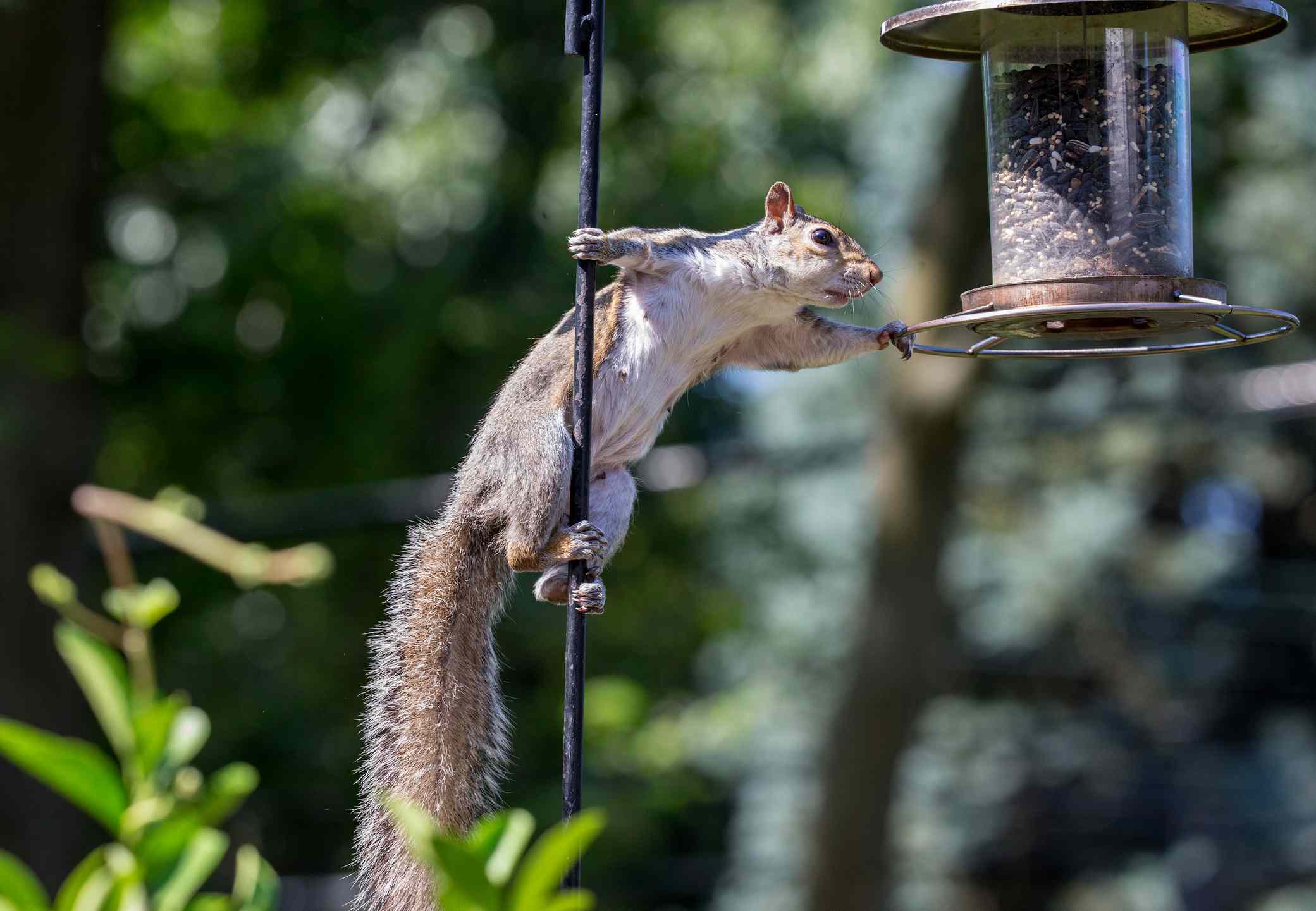

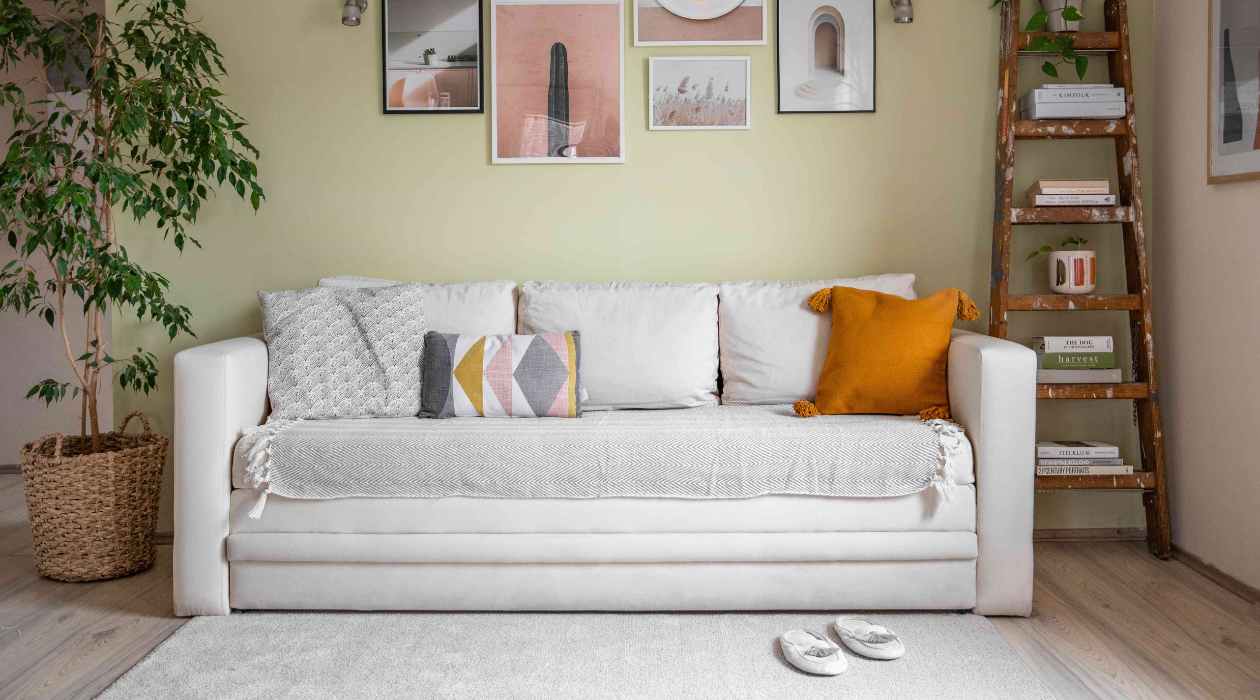
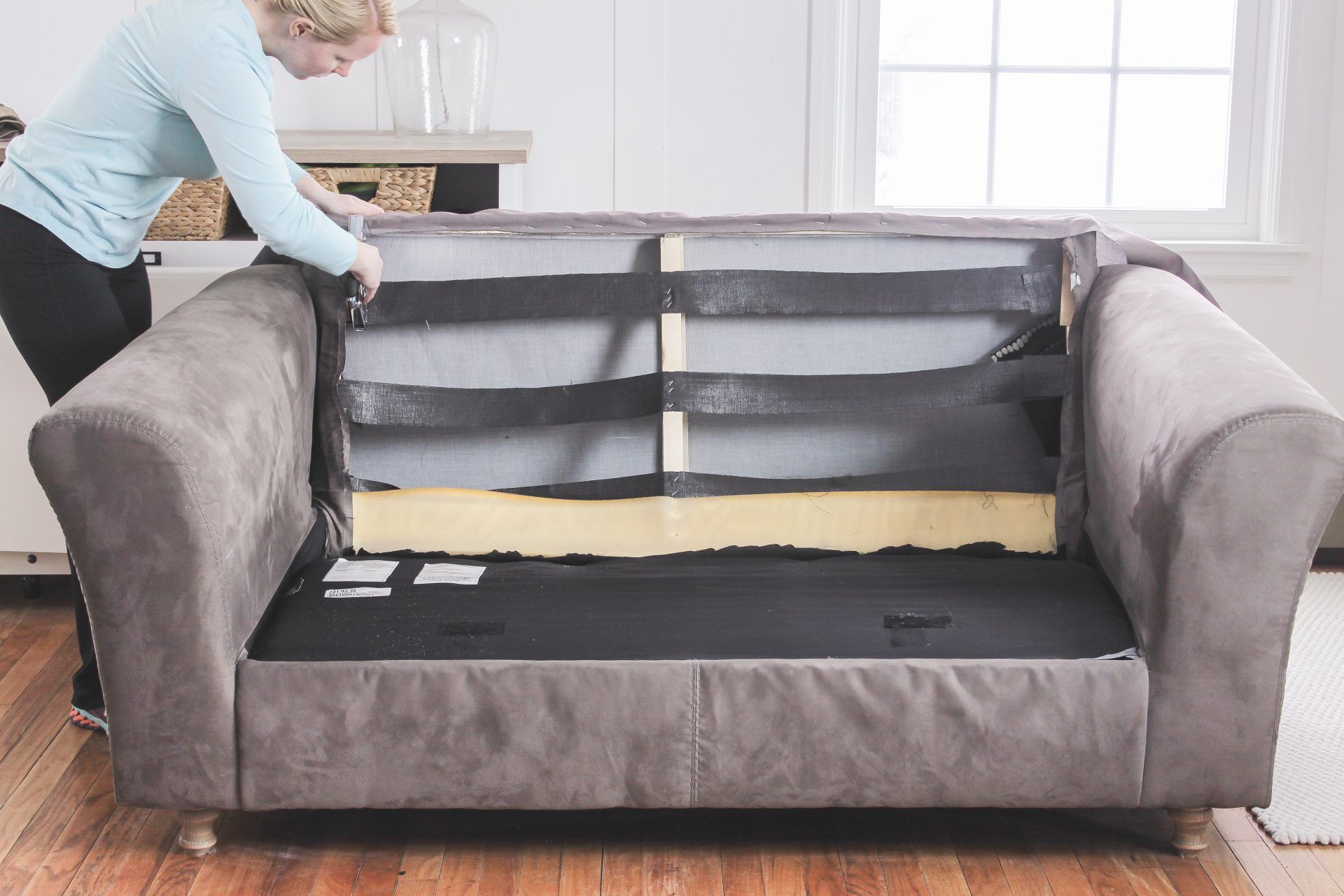
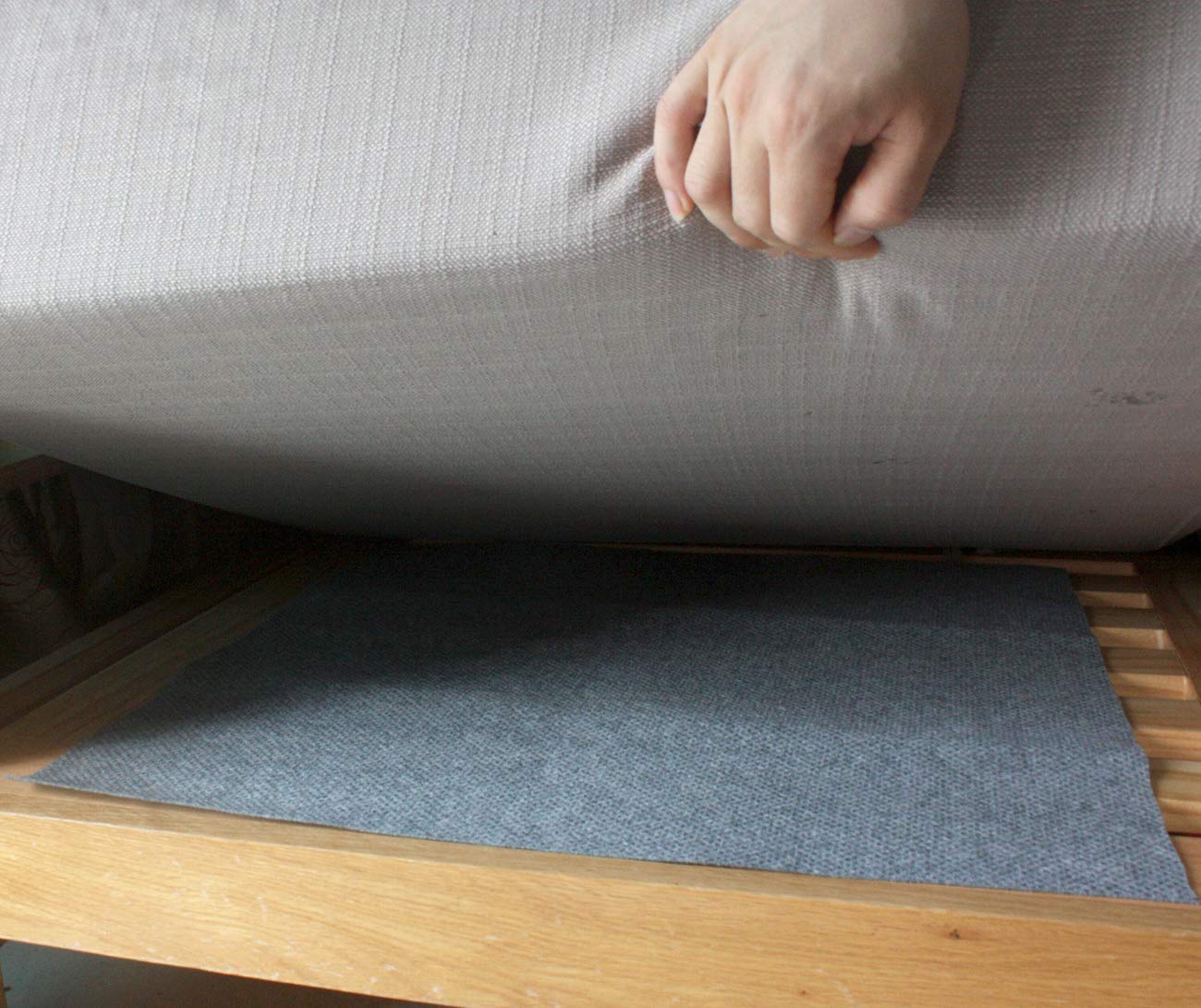
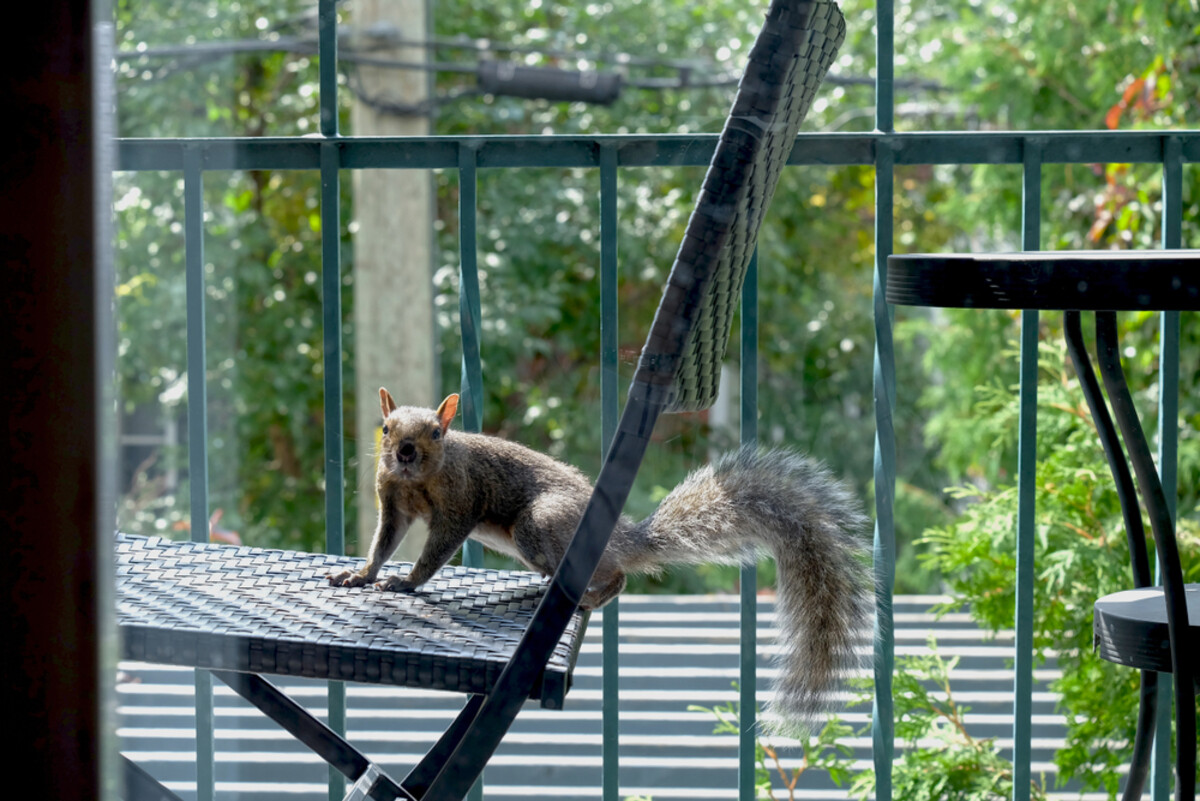
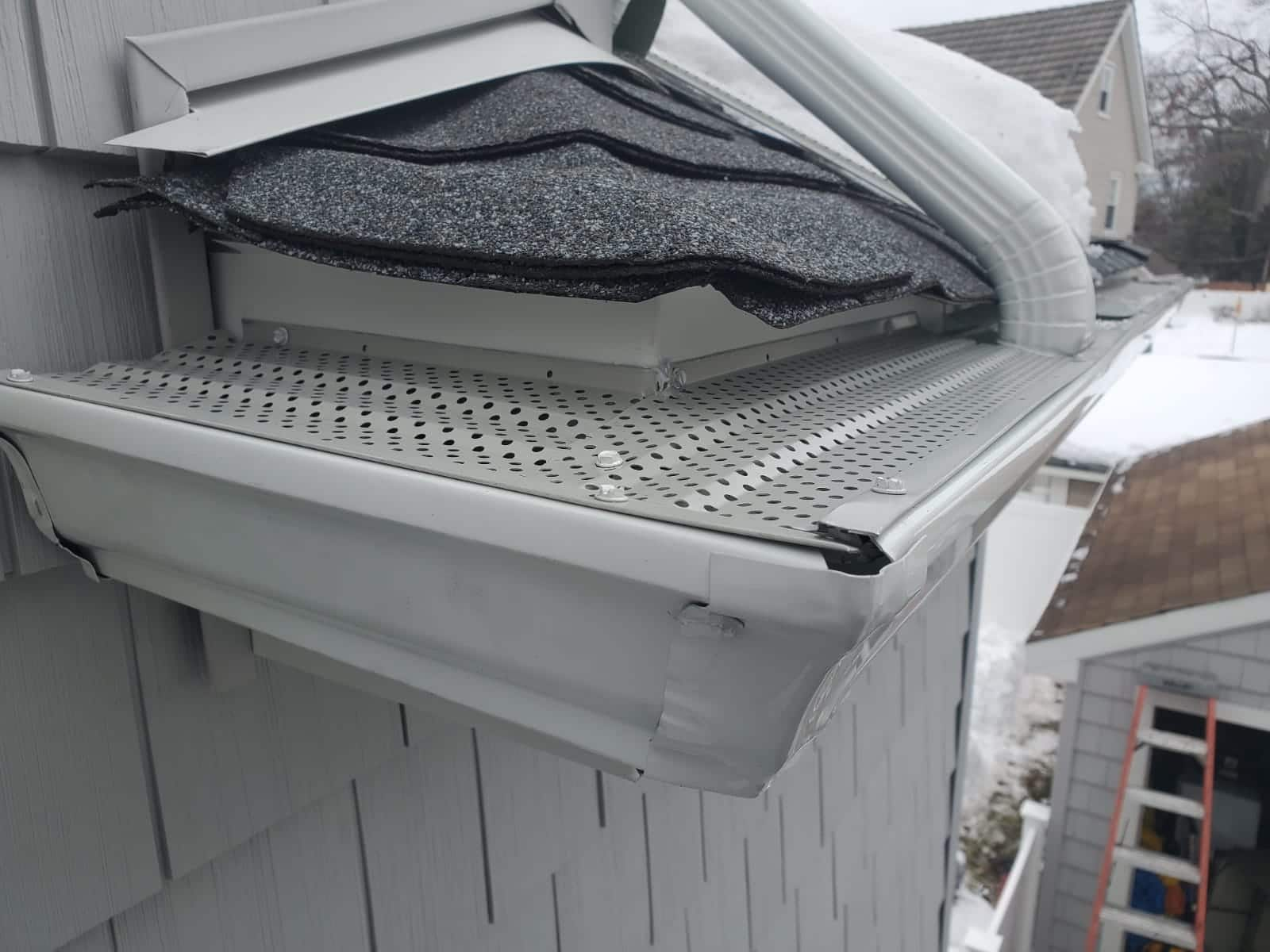
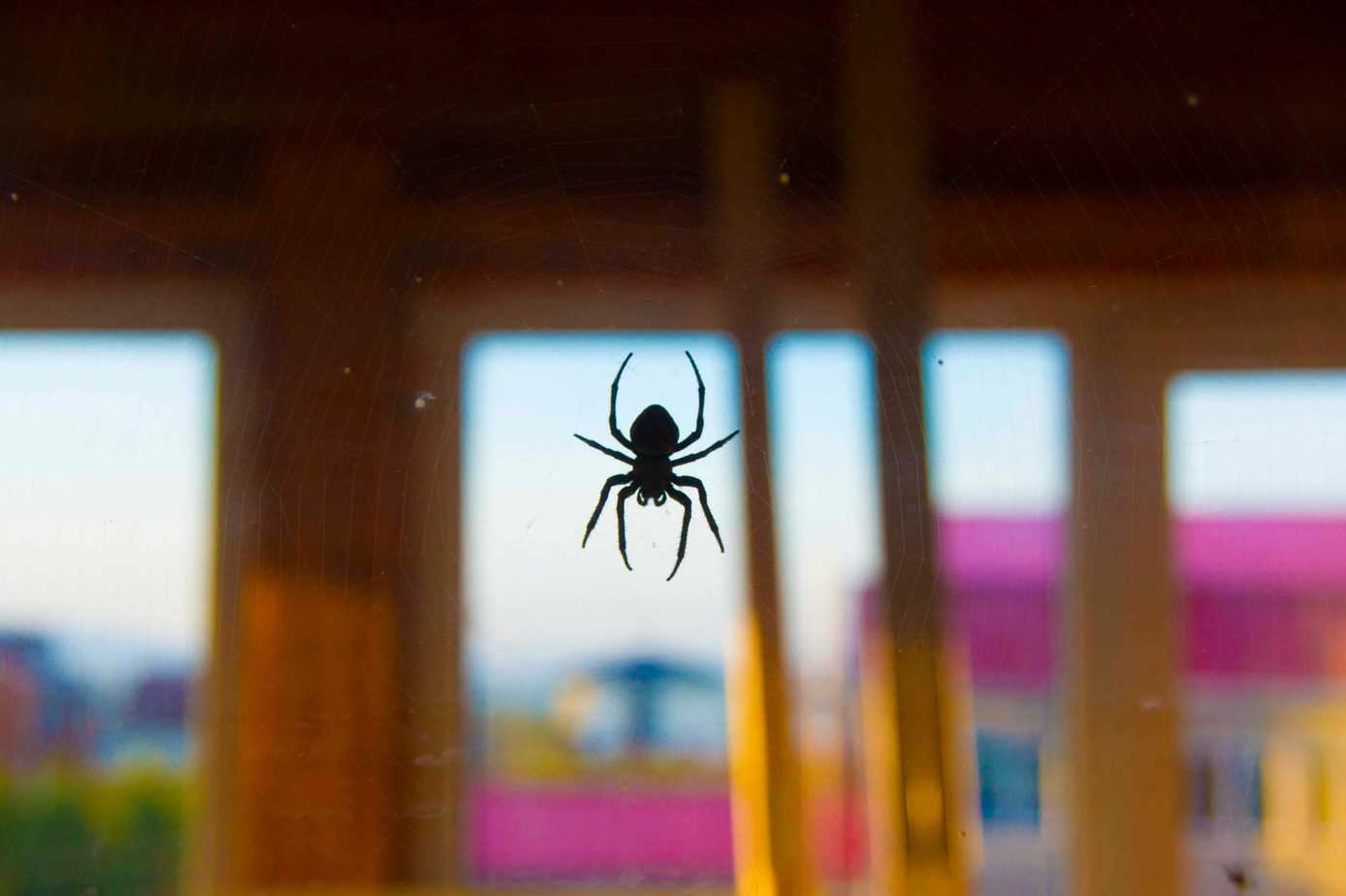

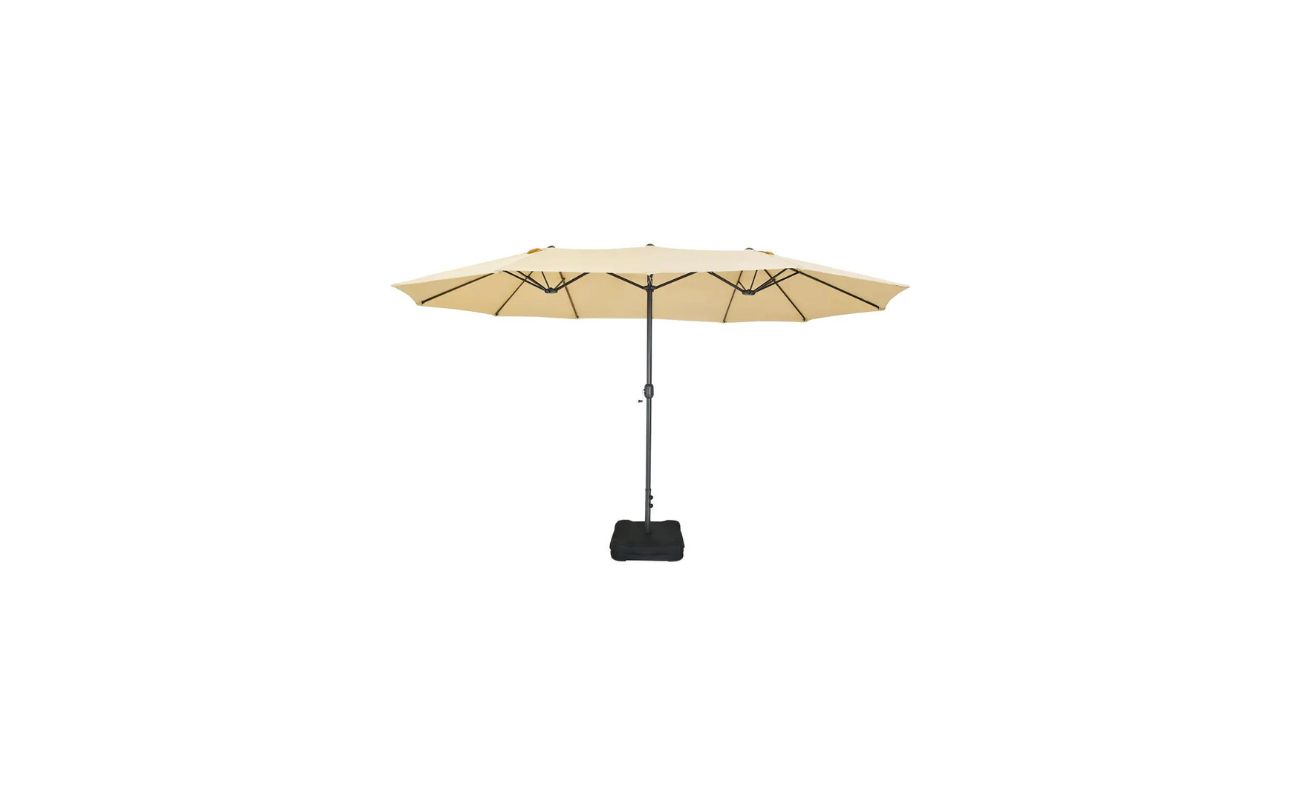
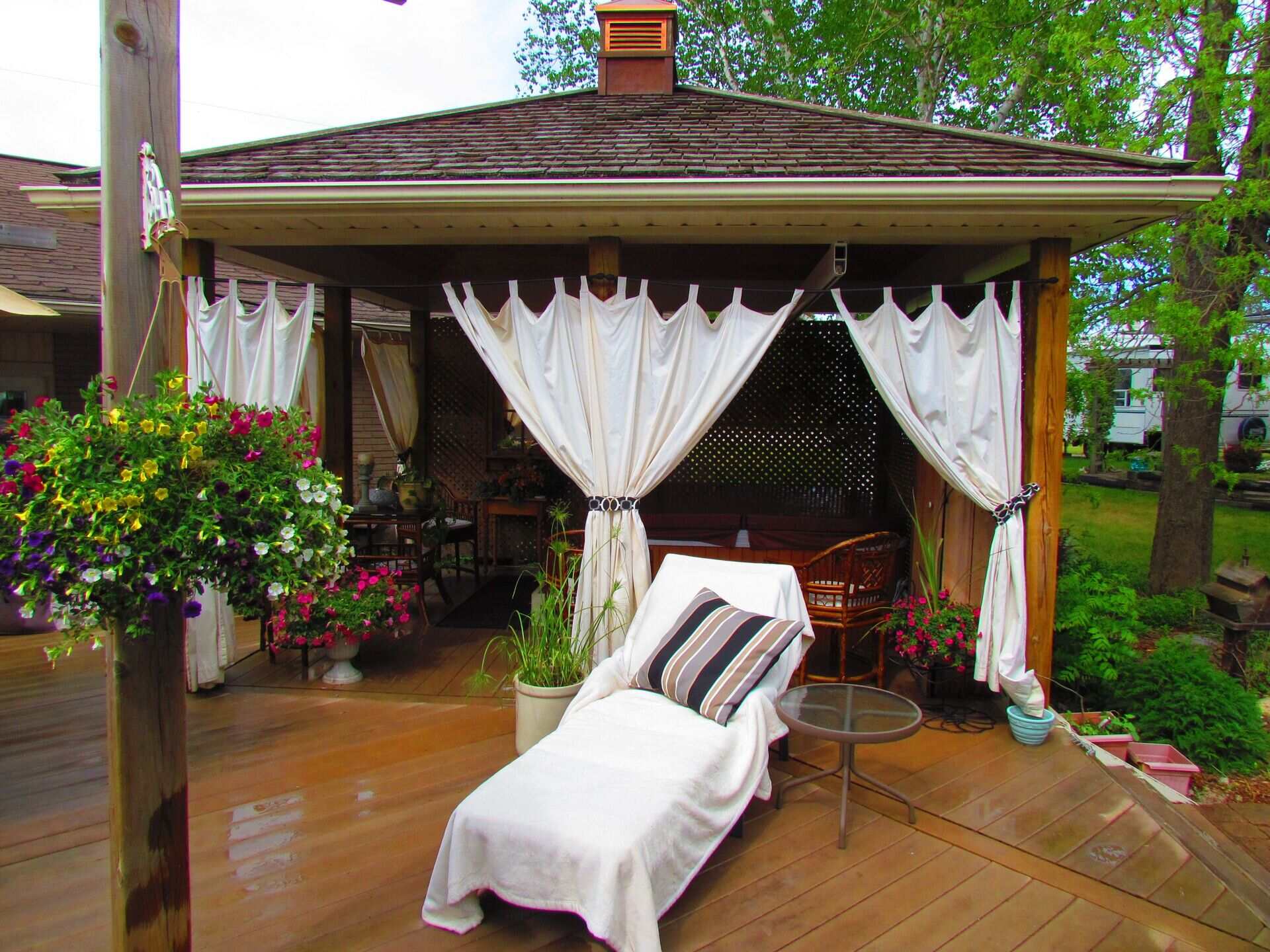
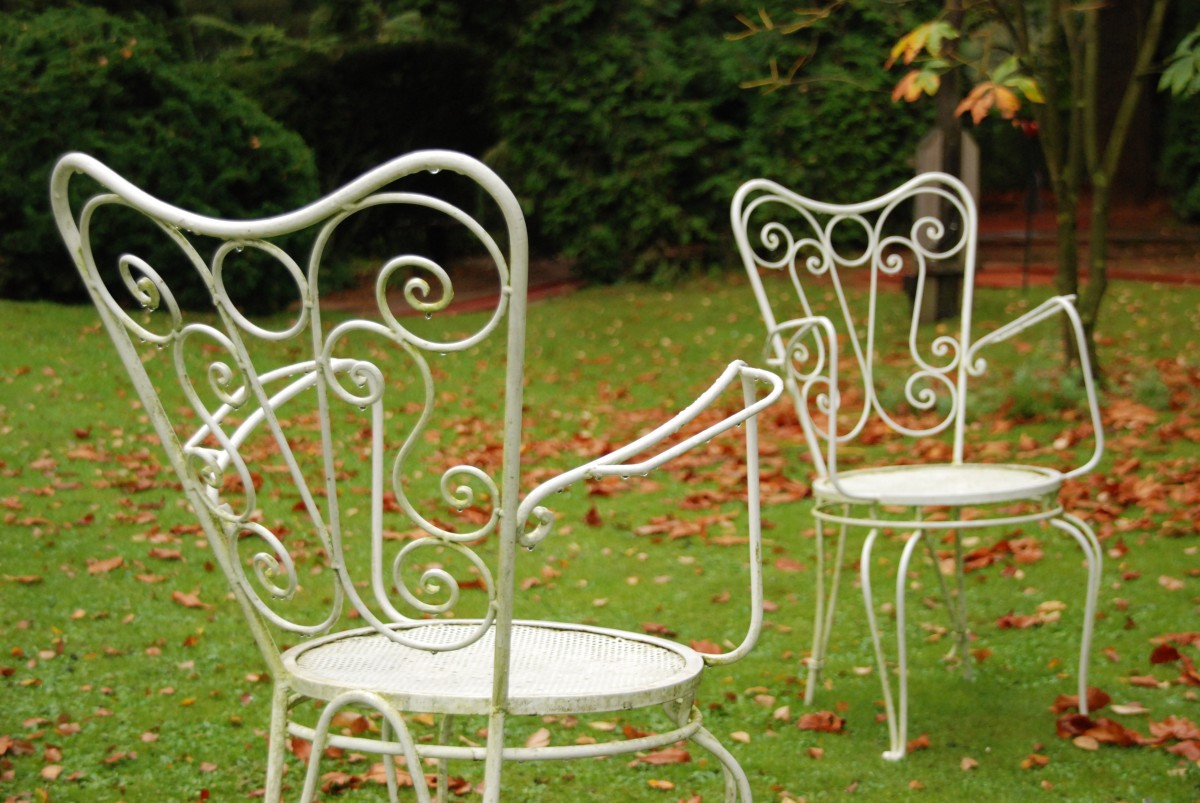
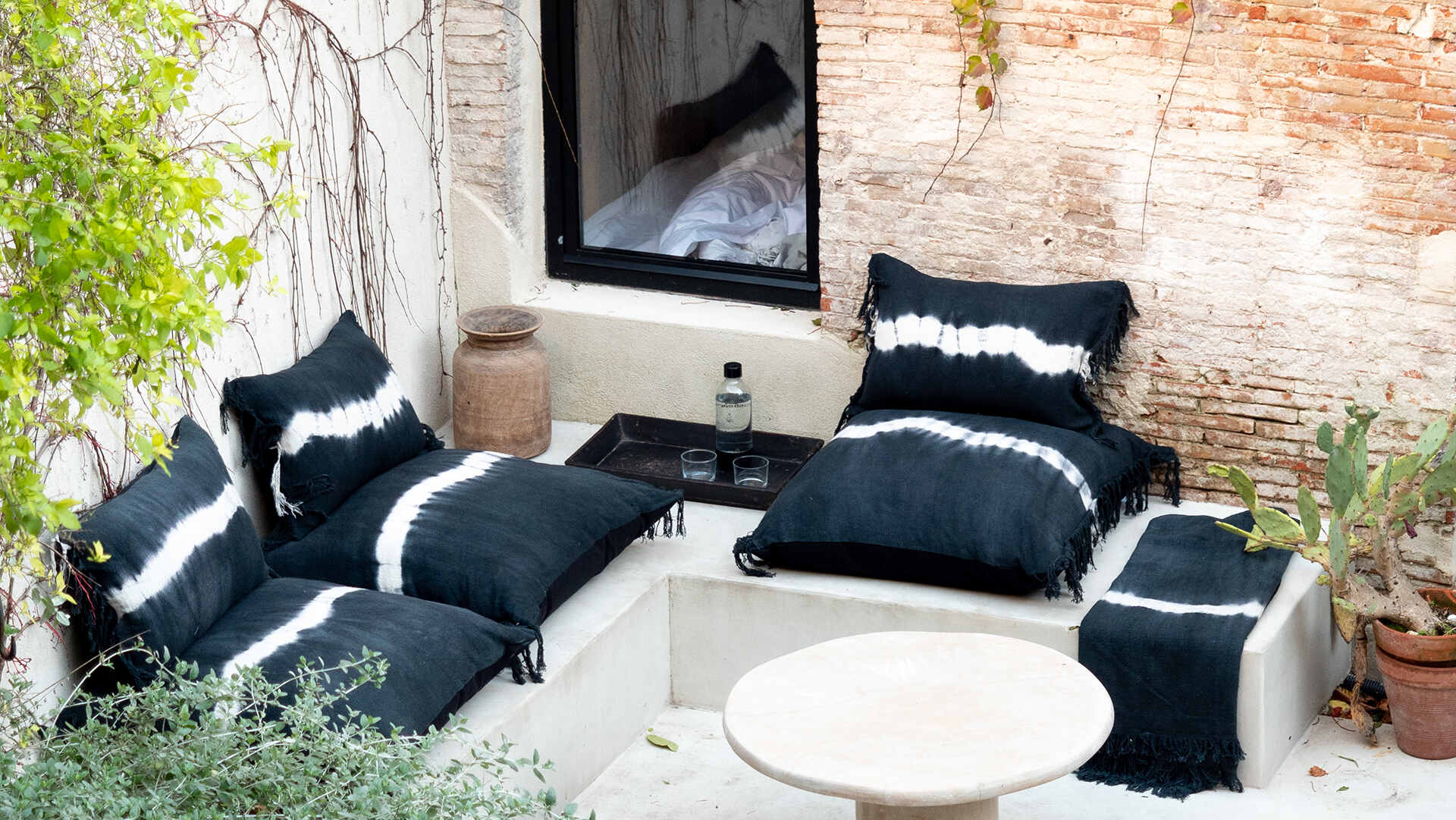
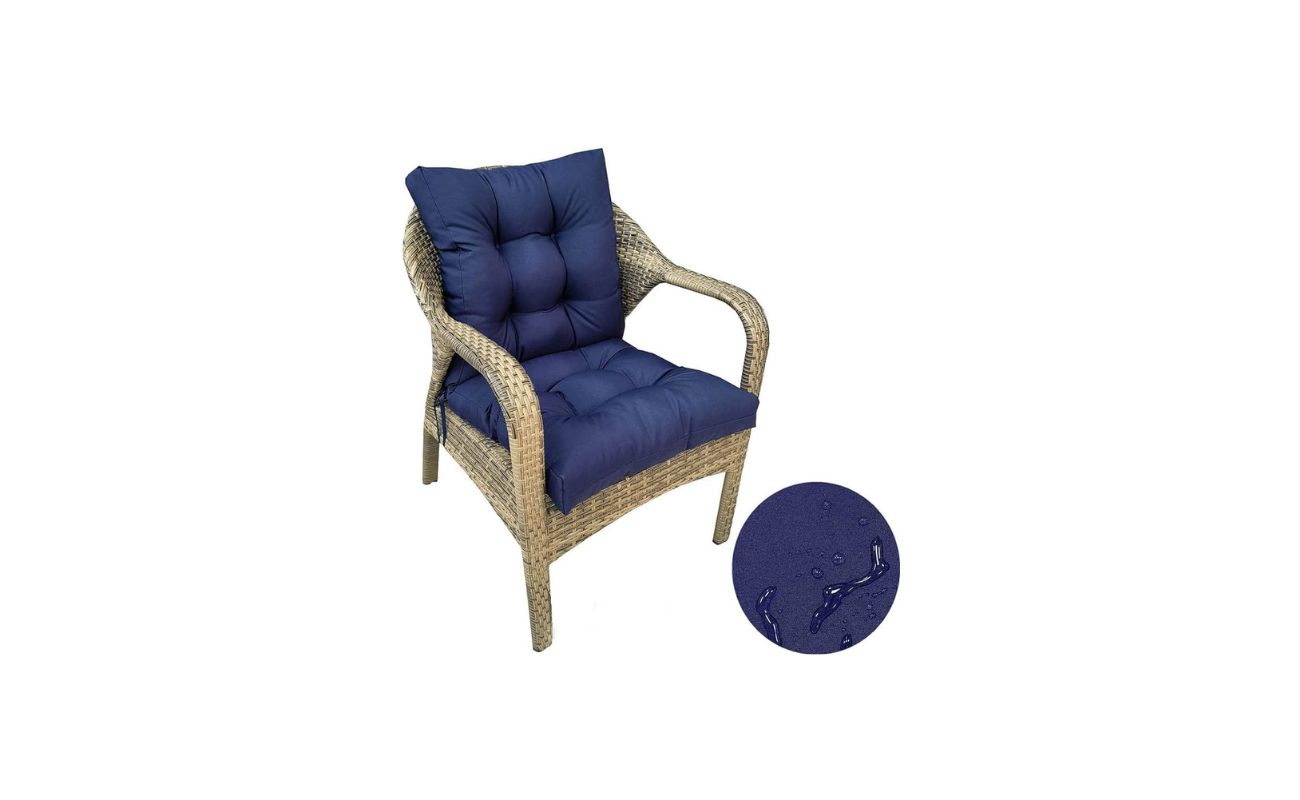

0 thoughts on “How To Keep Squirrels From Eating Patio Cushions”